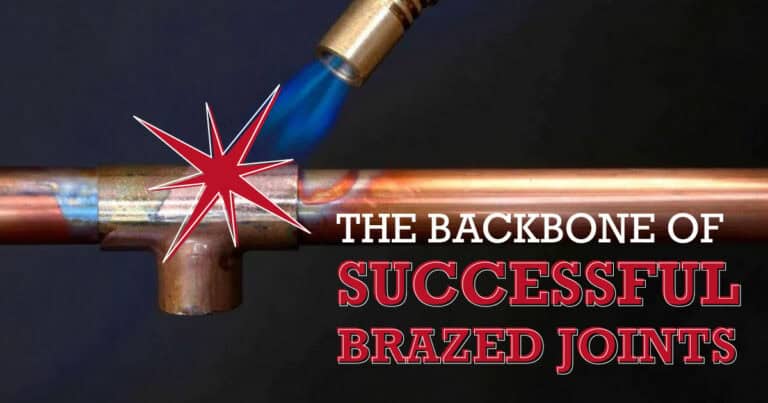In the precision-driven sphere of manufacturing, reliability and precision are nonnegotiables. Whether it’s in crafting surgical and implant devices, transportation components, or aviation essentials, the demand for consistent, top-tier metal parts reigns supreme. Brazing emerges as the go-to process for achieving such precision and reliability in joining metal parts. Yet the success of brazing isn’t merely about skilled execution; it hinges on establishing and maintaining repeatable processes.
The Need for Repeatable Processes in Brazing
In the high-stakes world of manufacturing, repeatability is a lifeline. Achieving unwavering reliability demands more than just skilled operators. It mandates the adoption of repeatable processes that churn out high-quality brazed joints consistently because optimized, repeatable processes ensure each joint meets the rigorous standards required for strength, durability, and integrity—critical attributes where even a single component failure can spell disaster.
Whether it’s assembling surgical instruments and implant devices, aerospace components, or automotive heat exchangers, repeatability guarantees every joint exhibits uniform properties, drastically slashing the risks of defects, failures, and performance hiccups—potentially saving lives and livelihoods.
Efficient Manufacturing
Beyond fortifying reliability, repeatability in brazing unlocks a realm of process control, empowering manufacturers to fine-tune production efficiency, slash costs, and meet stringent quality benchmarks. By laying down repeatable processes and meticulously monitoring key parameters such as temperature, heating rate, and filler metal application, manufacturers gain real-time insights to prevent deviations, thwarting the production of subpar components.
The result? Streamlined post-brazing inspections and testing to ensure products align with rigorous specifications, minimizing rework and waste—a win-win for bottom lines and brand reputations. More important, potentially disastrous defects can be avoided.
The Grits and Guts Approach to Unlocking Repeatability
To fortify the strength and integrity of brazed components across critical manufacturing sectors, a meticulous integration of key elements into the brazing process is indispensable:
- Joint Preparation: Kickstarting with meticulous joint preparation lays the foundation for robust brazed joints.
- Fit-up and Clearances: Maintaining consistent and apt clearances between parts being joined is key, ensuring optimal capillary action for filler metal flow.
- Cleaning: Thoroughly cleansing joint surfaces rids them of contaminants like oxides, oil, and grease—vital for consistent surface preparation.
- Heating and Temperature Control: Precise heating and temperature management are pivotal for uniform, dependable brazed joints.
- Heating Source Selection: Picking the right heating method based on joint geometry and material properties ensures a seamless heating profile.
- Temperature Monitoring: Utilizing calibrated pyrometers or thermocouples for accurate temperature tracking during brazing is crucial for optimal filler metal flow and joint strength.
- Heating Rate Control: Adhering to established heating and cooling profiles guarantees uniform brazing temperature across base metals, minimizing distortion and fostering superior metallurgical bonding.
- Brazing Filler Metal Management: Apt selection and application of brazing filler metal are instrumental for robust and long-lasting joints.
- Filler Selection: Opting for the appropriate filler metal based on base metals and desired joint properties is paramount for optimal performance.
- Filler Application: Ensuring uniform application of brazing filler metal—be it via pre-placed brazing preforms or standardized manual techniques—is critical for consistent outcomes.
- Flux Management: Navigating proper flux application procedures (amount and type) in flux-based brazing processes is essential to promote wetting and stave off oxidation during brazing.
- Process Monitoring and Recording: Regularly monitoring and documenting brazing processes is imperative for upholding consistency and quality.
- Visual Inspection: Routine visual inspections serve as a frontline defense, flagging anomalies like overheating or improper filler flow.
- Data Recording: Capturing key process parameters (temperatures, heating times, etc.) for each brazing operation facilitates trend identification and adjustment for enhanced consistency.
- Equipment Maintenance: Regular upkeep and calibration guarantee accurate data and optimal performance.
- Operator Training: Furnishing operators with comprehensive training on brazing procedures, equipment operation, and the significance of process control is pivotal for securing consistent results.
By fastidiously adhering to these elements, operators can fortify the strength and durability of brazed joints, underscoring a commitment to the highest safety and reliability standards in their products.
